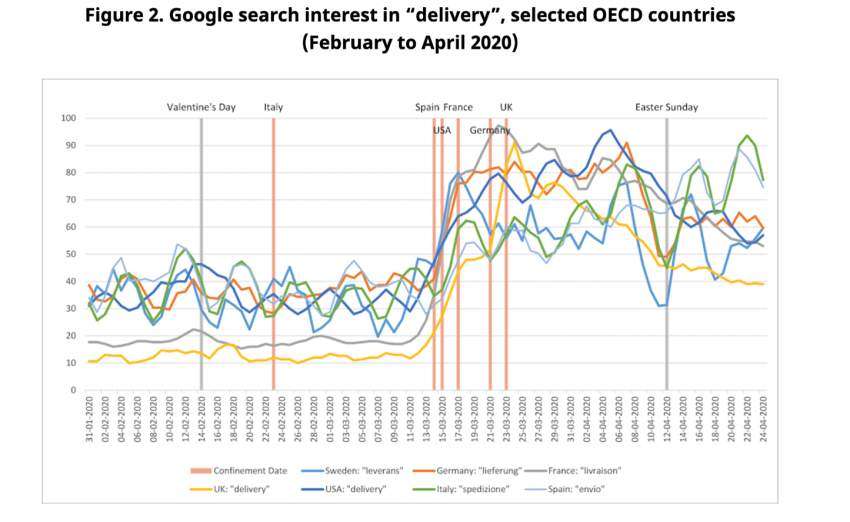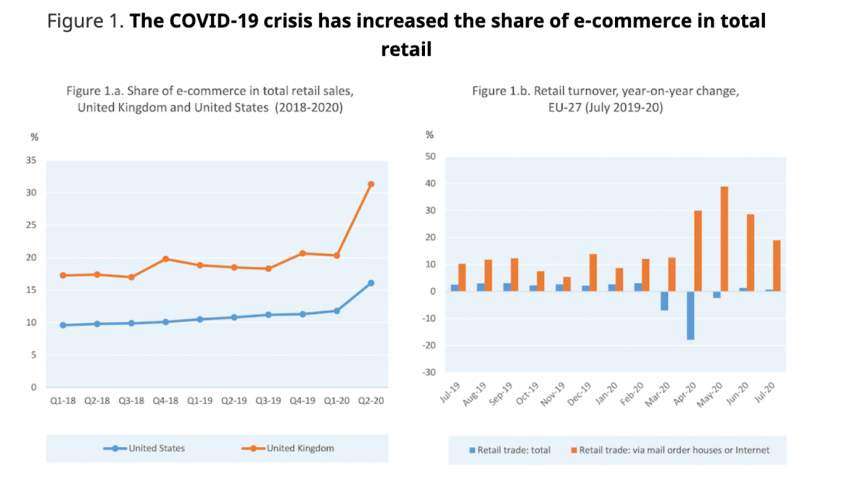COVID-19 has left long term effect on everyone, be it corporate or small businesses, everyone one and every system had to adapt
By: Hassan Imtiazi
COVID-19 has left long term effect on everyone. Be it corporate or small businesses everyone has to respond in one way or the other. Working remotely, travel restrictions & physical distancing has created unforeseen challenges for employers.
While it is too early to predict the long-term outcomes and trends prompted by the COVID-19 pandemic, but in the short term the most likely scenarios suggest organizations will be operating in a next normal environment for the foreseeable future. The change in external and internal stakeholder behaviour means that companies need to emerge stronger after the pandemic. This may include starting to map out their transition to a next-generation operating model best suited for the future.
Impact on the key stakeholders
These changes in external environment will have effect on three key stakeholders i.e. customers, employees, venders & partners.
Customers has already shifted their purchasing preferences to avoid physical channels, adopted more digital services, and demand more for delivery services. We have seen growth in number of home delivery food services in UK e.g. every big superstore has now an option to reserve & pick or buy & deliver online. Amazon has already spoiled everyone with the offers like Amazon Prime giving number of incentives.
Amazon Prime membership grew to 153 million members in the U.S. as of June 2021, up 25.4% from 122 million in June 2020 according to CIRP's estimates.

The ability to find anything on Amazon made it one of the most popular E-commerce platforms. In USA almost 153 million of Amazon customers already opted Amazon prime and they probably have the same strategy for other markets like UK. Offerings like Hello Fresh passing the concept of eco-friendly grocery buying and cost-effective way to spending money become success. Price comparison sites like Uswitch, money supermarket and meerkat already giving choices as an aggregator. Especially post Brexit when UK is facing some immediate shortage of fuel and price hike in energy sector. All these economic pressures making customers to look for the best deals online.
One thing which came out definitely from COVID-19 is people making new and renewed commitments to their values and goals for example, balancing time spent at work and with family. At the same time, people are weighing the risks and values in everyday decisions about where they go, who they spend time with, what they do, and what they buy.
According to McKinsey research employees with a stable, secure work experience working remotely report an increase in positive work effectiveness and well-being. Also, vendors and partners might be considering scaling down activities and operations, focusing on the short term, delaying unnecessary investments, and attempting to cut costs. At the same time, vendors and partners could shift to digital channels, reducing the need to visit customers on-site.
Sales channels: Shifting away from Point of Sales
To adapt to changing customer buying behaviour, companies have moved from large points of sale (POS) to a reduced number of small, human-less POS, and promote digital channels. This has started already and who are left are looking to change in near future.
For example: DHL launched contactless delivery and payment through automated pickup points. A big telecommunications group optimized its marketing efforts by reallocating budget to digital channels.
Amazon is another good example of this trend, with its Amazon Go physical stores providing uniquely innovative customer experiences i.e. how digital and physical world interacts. In Amazon Go customers scan an Amazon app when they enter the store—the only point at which a phone is required and there is no check out. One of the stores are due to open in Blue water London.
Product: Keep it simple to drive digital sales
One way of meeting customers’ changing demands is to simplify products to spur digital sale. Prime example is Yaqoot which is a digital platform that aims to spread happiness through SIM cards by allowing customers to download an app and to send special gifts to loved ones. This digital product was launched in Saudi Arabia and become huge success with growing userbase of digital natives. It is simple & online product which give users seamless experience.
Due to online competition and high acquisition cost for customers companies are also looking at developing pricing models that encourage consumer loyalty, rather than short-term promotions. Also, cash might carry virus we have seen many retailers asking to pay only through contactless and in future e-wallet and cashless become normal.

Service and support: Moving to a remote digital service
Organisations also changing their after service and support models. The digital-native Russian bank Tinkoff was the first one in 2012 to launch cloud based remote call centers outside of Russia. The bank focused on remote servicing and now has more than 14000 remote employees who work from home and take half a million calls every day. These are not even banks permanent employees. This model has saved bank cost for offices, equipment and workplaces.
We can also see chatbots are very common when it comes to reaching out service support. These automations help organisations to work with cost efficiencies.
Work place: Shift to digital remote office operations
Many organizations have already shifted to remote office and have begun conducting large-scale meetings. Mix models like agile ways of working also providing successful where some quarterly meetings are held in person and rest via online calls.
Companies in the UK now offering flexible working days e.g. employees can opt in to work from home for 2 days and 3 days from office. Some are giving 100% remote working options especially within digital media agencies where face to face meetings are not necessary. There are enough tools available to monitor employee’s performance keeping track record of day to day work. For example: Trello app is used for project management and similar solutions are seems to be successful.
Vendors and partners : Shift to collaborative partnerships
One of the biggest challenge for supply chain executives to make sure they have smooth supply of goods. Since consumers panic and piled up stock during peak time of COVID-19 there was no mechanism to fulfil that kind of demand. In the UK big supermarkets like TESCO, ASDA and Sainsbury saw severe shortage of household essentials and food items as people are scared and bought these items in bulk due to future uncertainty.
Companies are now actively looking to streamline supply chains right from suppliers to merchandising to distribution to logistics to finally to fulfilment. Most priority is given to food, drugs and essential items to make sure isles are filled coping customers demand.
Covid-19 has forced businesses to take paradigm shift. Many industries like travel, hospitality, entertainment and outdoor re-creation like Disney had to lay off thousands of employees. They need to find out new ways of doing business in order to make it profitable in post COVID-19 world.




